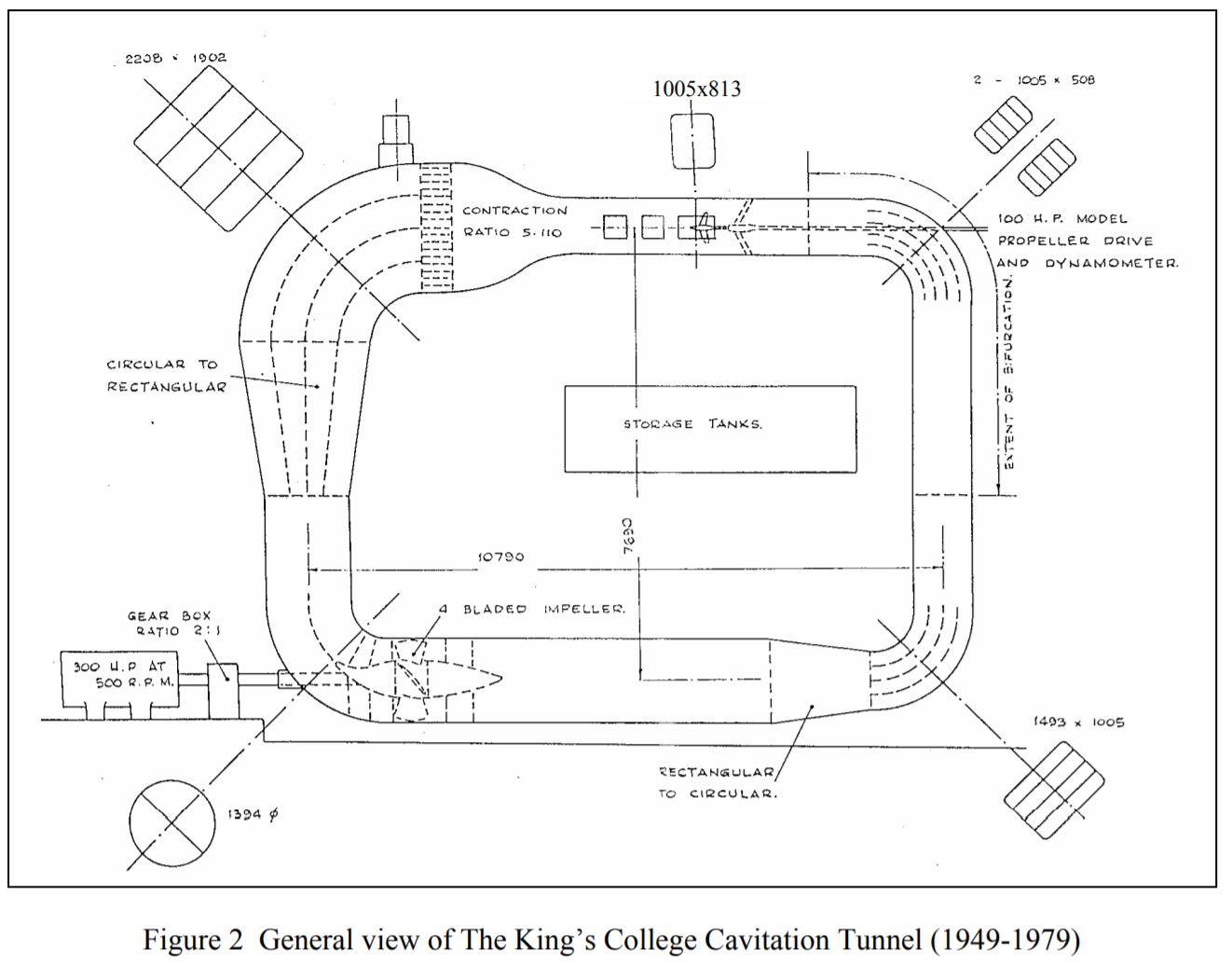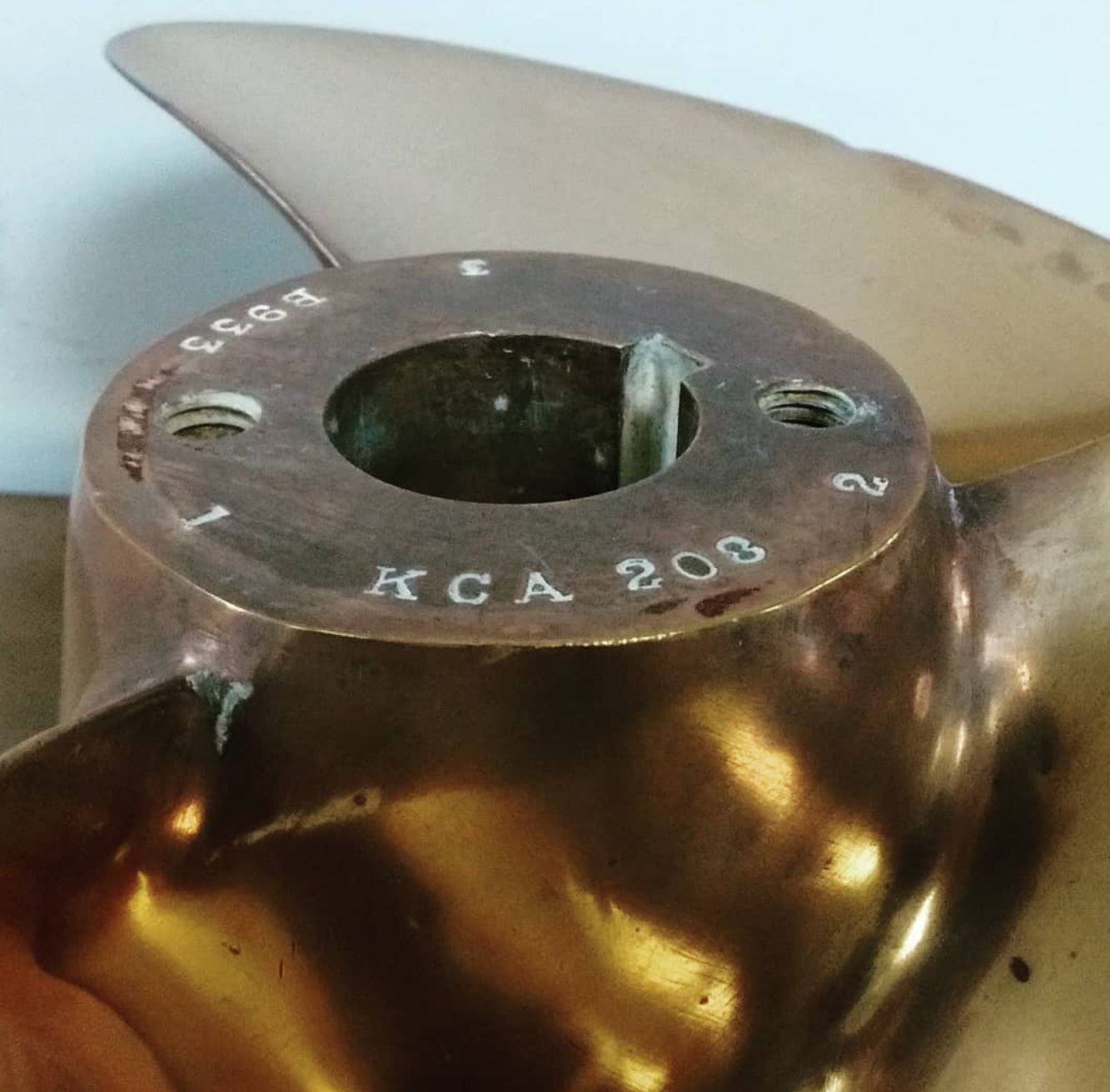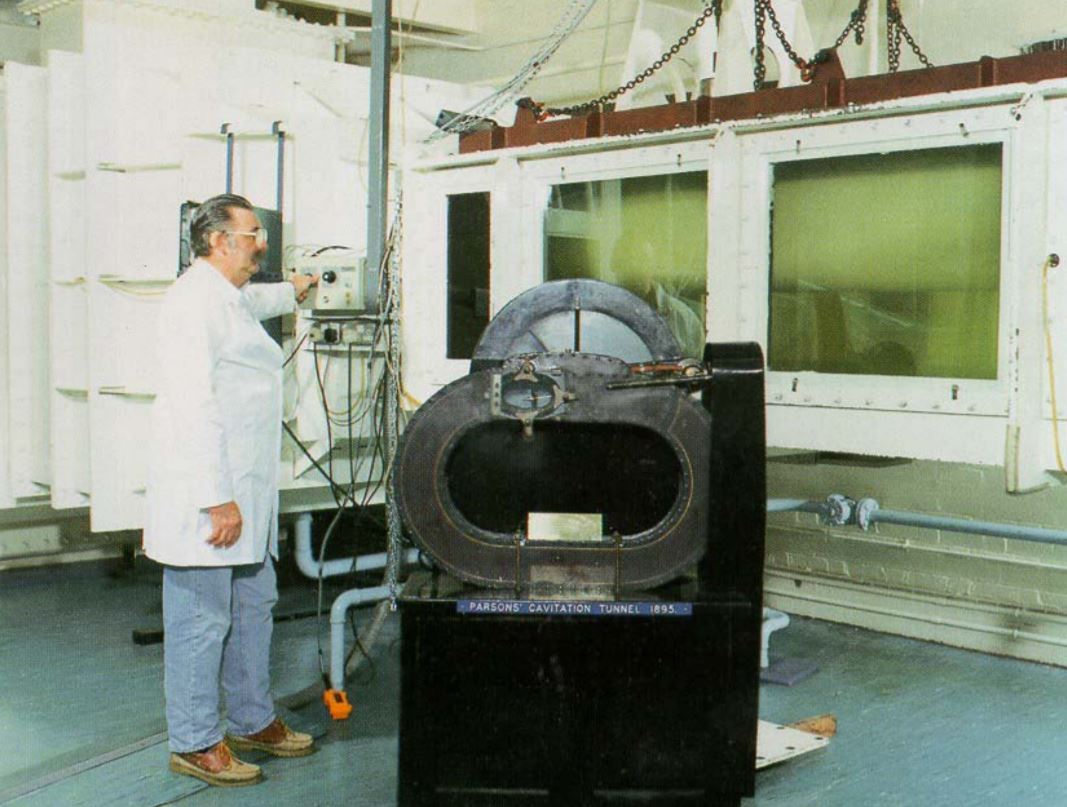Emerson Cavitation Tunnel
This is a short summary based on the excellent paper "A History of the Emerson Cavitation Tunnel" by Mehmet Atlar.
The historical roots of the cavitation tunnel start in Pelzerhaken, Germany, in the late 1930s. A horizontal closed-circuit water flume was operated in Pelzerhaken, probably comprising one of the units for an underwater acoustics research unit. The machine was subsequently requisitioned by the UK government following the end of the World War. Although it was rejected by the Admiralty Experimental Works due to its horizontal aspect, Professor Burrill (the head the naval architecture department at Kings College Durham – now Newcastle University) organised its transportation from Germany and erection in the Boiler House adjacent to the Armstrong Building on the university campus. The tunnel underwent significant modifications – not least its conversion from a horizontal to a vertical flume.
The new facility was completed by 1949 and the first research grants, which proved to be some of the most significant in the tunnel’s history, were awarded in 1950. Dr Arnold Emerson, whose name is now permanently associated to the tunnel, was appointed as the first superintendent.
The first contracts for the tunnel were made with the Department of the Admiralty to investigate the propulsive characteristics of a methodical series of propellers, consisting of some 30 propellers to be tested at 6 cavitation numbers. These propellers were part of a comprehensive series which had been in hand at the Admiralty for several years. The total cost of the project was £7,000. and would be completed in 2 years. This project generated the well-known “KCA “or “Gawn-Burrill” systematic series.
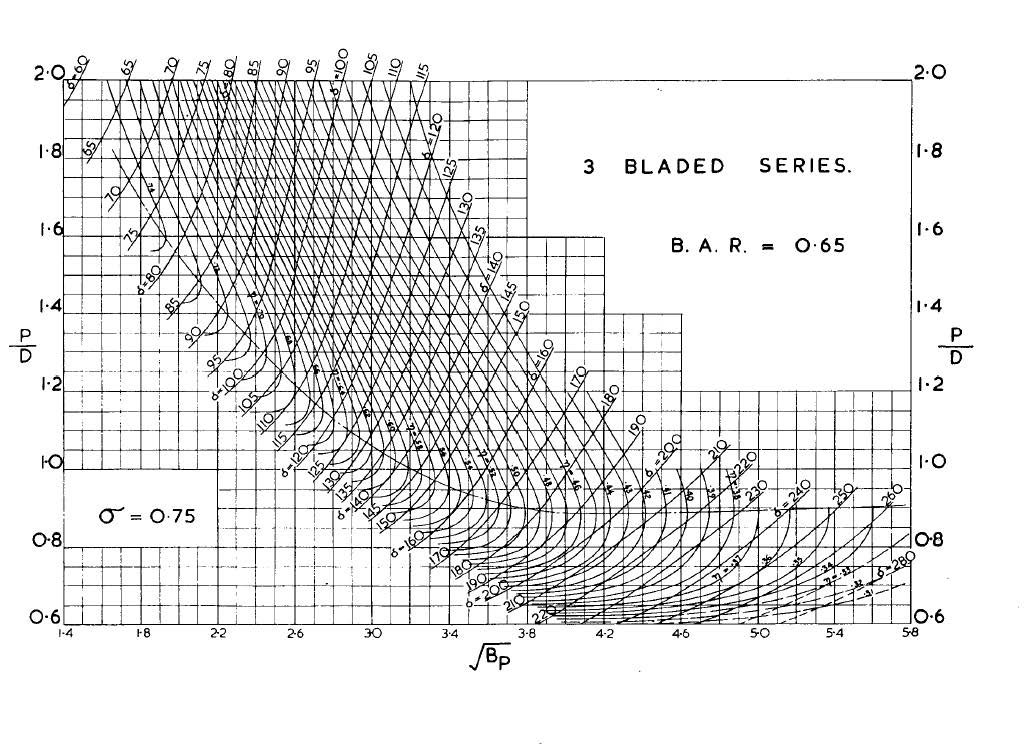 In 1979 the tunnel underwent major modifications to allow hull-shaped bodies to be placed forward of the propeller as well as to modernise the ageing tunnel machinery and equipment after 25 years of continuous use. The modernisation was sponsored by the Science Research Council (SRC) and Stone Manganese Marine (now Stone Marine Propulsion) who have continued to have an important association with the tunnel. On the official re-opening ceremony in September 1980 the tunnel was renamed after Dr Emerson in recognition of his 30 year contribution to the facility.
In 1979 the tunnel underwent major modifications to allow hull-shaped bodies to be placed forward of the propeller as well as to modernise the ageing tunnel machinery and equipment after 25 years of continuous use. The modernisation was sponsored by the Science Research Council (SRC) and Stone Manganese Marine (now Stone Marine Propulsion) who have continued to have an important association with the tunnel. On the official re-opening ceremony in September 1980 the tunnel was renamed after Dr Emerson in recognition of his 30 year contribution to the facility.
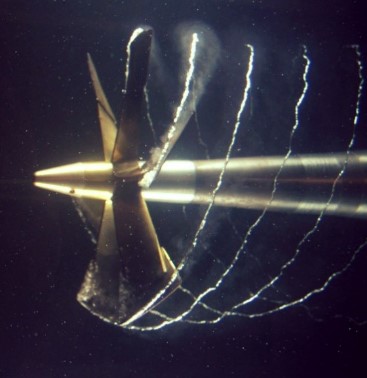
Since 1980 there have been continuingimprovements in the measurement capabilities and operating systems of the tunnel. Traditional photographic equipment was complemented by high speed digital “flashcam” technology to enhance observation capabilities. The latest computer based data acquisition systems were implemented to improve the speed and accuracy of measurements together with automated data processing. Laser Doppler Anemometry and Particle Image Velocimeter systems have enabled precise and non-disruptive measurements of water velocity to directly measure the boundary layer and turbulence in the flow. Bespoke equipment has been developed to test numerous devices including azipod propellers, hydrofoils, surface coatings and tidal turbines.
The location of the tunnel within the Boiler House caused (sometimes heated) debate within the university for many years, especially due to its prime position in the centre of the campus. In 2015, despite opposition from the staff and students within marine technology, the vice chancellor of the university decided to relocate the tunnel into a new purpose-built location off campus in Blyth – a port town 12 miles north of Newcastle-upon-Tyne. Although a cause of severe upheaval at the time, this decision has opened up exciting new possibilities for the tunnel. Our new home in Blyth has brought together a suite of facilities and experimental equipment within a much larger purpose built building, and is located in the centre of a rapidly expanding offshore engineering hub. The next chapter of the story is just beginning……


